Tribological Characteristics of Nano-Lubricated High-Speed Rolling Bearings Considering Interaction between Nanoparticles and Rough Surface
Abstract
:1. Introduction
2. Materials and Methods
2.1. Preparation of Nano-Mixed Oil
2.1.1. Preparation of 50 nm Particles Mixed Oil
2.1.2. Preparation of 10 μm Particles Mixed Oil
2.2. Bearing Microtopography
2.3. Experimental Design
3. Results and Discussion
3.1. Friction and Wear of Nano-Lubricated Rolling Bearings with Various Oil Supply under Different Embedded States
3.2. Friction and Wear of Nano-Lubricated Rolling Bearings with Various Speed under Different Embedded States
3.3. Friction and Wear of Nano-Lubricated Rolling Bearings with Various Loads under Different Embedded States
4. Conclusions
- (1)
- Different nanoparticle sizes and bearing surface roughness form different embedding states. Compared to the complete non-embedded state, the anti-wear effect of bearings can be effectively improved for the complete embedded state of the nanoparticles. The rolling bearing lubricated with 50 nm particles mixed oil still shows good wear resistance at high speed.
- (2)
- As for the light load rolling bearing lubricated with nano-mixed oil, the coefficient of friction is appropriately increased, while the wear of the rolling bearing is effectively reduced.
- (3)
- Rolling bearing lubricated with nanoparticles mixed oil still shows good anti-wear performance under the condition of lack of oil, which provides specific methods for reducing wear and extending the life of rolling bearings.
Author Contributions
Funding
Data Availability Statement
Acknowledgments
Conflicts of Interest
References
- Wang, J.; Li, J.; Wang, X.; Liu, W. Tribological properties of water-soluble TiO2 nanoparticles as additives in water. Ind. Lubr. Tribol. 2010, 62, 292–297. [Google Scholar] [CrossRef]
- Peña-Parás, L.; Gao, H.; Maldonado-Cortés, D.; Vellore, A.; García-Pineda, P.; Montemayor, O.; Nava, K.; Martini, A. Effects of substrate surface roughness and nano/micro particle additive size on friction and wear in lubricated sliding. Tribol. Int. 2018, 119, 88–98. [Google Scholar] [CrossRef]
- Katainen, J.; Paajanen, M.; Ahtola, E.; Pore, V.; Lahtinen, J. Adhesion as an interplay between particle size and surface roughness. J. Colloid Int. Sci. 2006, 304, 524–529. [Google Scholar] [CrossRef] [PubMed]
- Wu, Y.; Tsui, W.; Liu, T. Experimental analysis of tribological properties of lubricating oils with nanoparticle additives. Wear 2007, 262, 819–825. [Google Scholar] [CrossRef]
- Jaiswal, V.; Kalyani; Umrao, S.; Rastogi, R.; Kumar, R.; Srivastava, A. Synthesis, Characterization, and Tribological Evaluation of TiO2-Reinforced Boron and Nitrogen co-Doped Reduced Graphene Oxide Based Hybrid Nanomaterials as Efficient Antiwear Lubricant Additives. Abstr. Pap. Am. Chem. Soc. 2016, 18, 11698–11710. [Google Scholar]
- Xue, Q.; Liu, W.; Zhang, Z. Friction and wear properties of a surface-modified TiO2 nanoparticle as an additive in liquid paraffin. Wear 1997, 213, 29–32. [Google Scholar] [CrossRef]
- Hwang, Y.; Lee, C.; Choi, Y.; Cheong, S.; Kim, S. Effect of the size and morphology of particles dispersed in nano-oil on friction performance between rotating discs. J. Mech. Sci. Technol. 2011, 25, 2853–2857. [Google Scholar] [CrossRef]
- Lin, J.; Wang, L.; Chen, G. Modification of Graphene Platelets and their Tribological Properties as a Lubricant Additive. Tribol. Lett. 2011, 41, 209–215. [Google Scholar] [CrossRef]
- Jaiswal, K.V.; Rastogi, R.; Kumar, D. The investigation of different particle size magnesium-doped zinc oxide (Zn0.92Mg0.08O) nanoparticles on the lubrication behavior of paraffin oil. App. Nanosci. 2015, 7, 275–281. [Google Scholar]
- Zhou, X.; Fu, X.; Shi, H.; Hu, Z.; Jiao, K. Lubricating properties of Cyanex 302-modified MoS2 microspheres in base oil 500SN. Lubr. Sci. 2007, 19, 71–79. [Google Scholar]
- Tomala, A.; Vengudusamy, B.; Ripoll, M.; Suarez, A.; Rosentsveig, R. Interaction between selected MoS2 nanoparticles and ZDDP tribofilms. Tribol. Lett. 2015, 59, 26. [Google Scholar] [CrossRef]
- Rabaso, P.; Ville, F.; Dassenoy, F.; Diaby, M.; Afanasiev, P. Boundary lubrication: Influence of the size and structure of inorganic fullerene-like MoS2 nanoparticles on friction and wear reduction. Wear 2014, 320, 161–178. [Google Scholar] [CrossRef]
- Rapoport, L.; Leshchinsky, V.; Lvovsky, M. Mechanism of friction of fullerenes. Ind. Lubr. Tribol. 2002, 54, 171–176. [Google Scholar] [CrossRef]
- Peña-Parás, L.; Taha-Tijerina, J.; Garza, L.; Maldonado-Cortésa, D.; Michalczewskib, R.; Lapraya, C. Effect of CuO and Al2O3 nanoparticle additives on the tribological behavior of fully formulated oils. Wear 2015, 332–333, 1256–1261. [Google Scholar] [CrossRef]
- Liu, G.; Li, X.; Qin, B.; Xing, D.; Guo, Y.; Fan, R. Investigation of the mending effect and mechanism of copper nano-particles on a tribologically stressed surface. Tribol. Lett. 2004, 17, 961–966. [Google Scholar] [CrossRef]
- Lee, K.; Hwang, Y.; Cheong, S.; Choi, Y.; Kwon, L.; Lee, J.; Kimet, S. Understanding the role of nanoparticles in nano-oil lubrication. Tribol. Lett. 2009, 35, 127–131. [Google Scholar] [CrossRef]
- Hu, Z.; Rong, L.; Lou, F.; Wang, L.; Dong, J. Preparation and tribological properties of nanometer magnesium borate as lubricating oil additive. Wear 2002, 252, 370–374. [Google Scholar] [CrossRef]
- Wang, J.; Song, M.; Li, J.; Wang, X. The preparation and tribological properties of water-soluble nano-silica particales. Tribol. Int. 2011, 31, 118–123. [Google Scholar]
- Zhu, Y.; Chen, L.; Zhang, C.; Guan, Z. Preparation of hydrophobic antireflective SiO2 coating with deposition of PDMS from water-based SiO2-PEG sol. Appl. Surf. Sci. 2018, 457, 522–528. [Google Scholar] [CrossRef]
- Peng, D.; Chen, C.; Kang, Y.; Chang, Y.; Chang, S. Size effects of SiO2 nanoparticles as oil additives on tribology of lubricant. Ind. Lubr. Tribol. 2010, 62, 111–120. [Google Scholar] [CrossRef]
- García, G.; Trigos, F.; Maldonado-Cortés, D.; Peña-Parás, L. Optimization of surface roughness on slitting knives by titanium dioxide nano particles as an additive in grinding lubricant. Int. J. Adv. Manuf. Technol. 2018, 96, 4111–4121. [Google Scholar] [CrossRef]
- Uysal, A. Effects of nano graphene particles on surface roughness and cutting temperature during MQL milling of AISI 430 stainless steel. Mater. Test. 2018, 60, 533–537. [Google Scholar] [CrossRef]
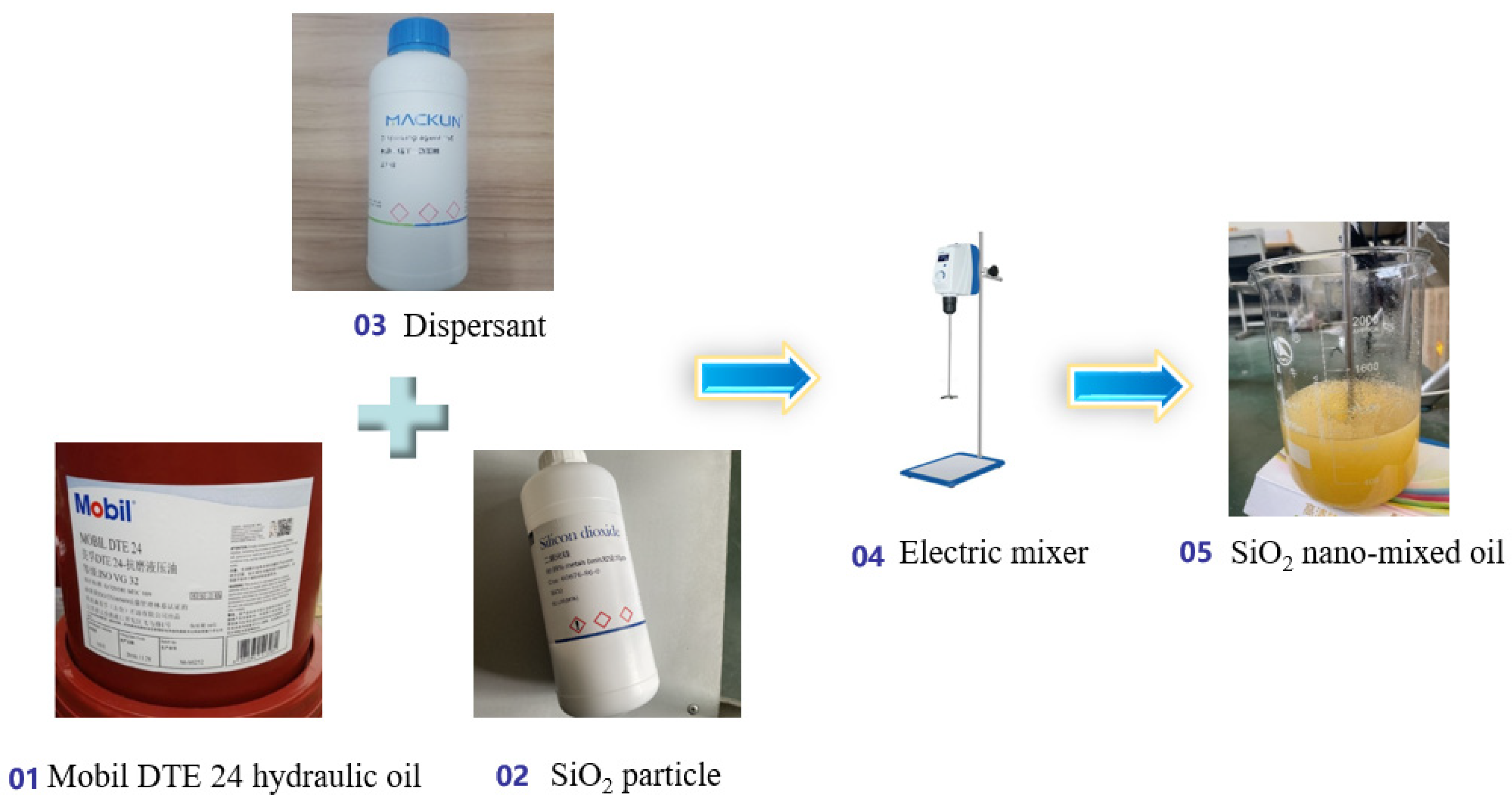
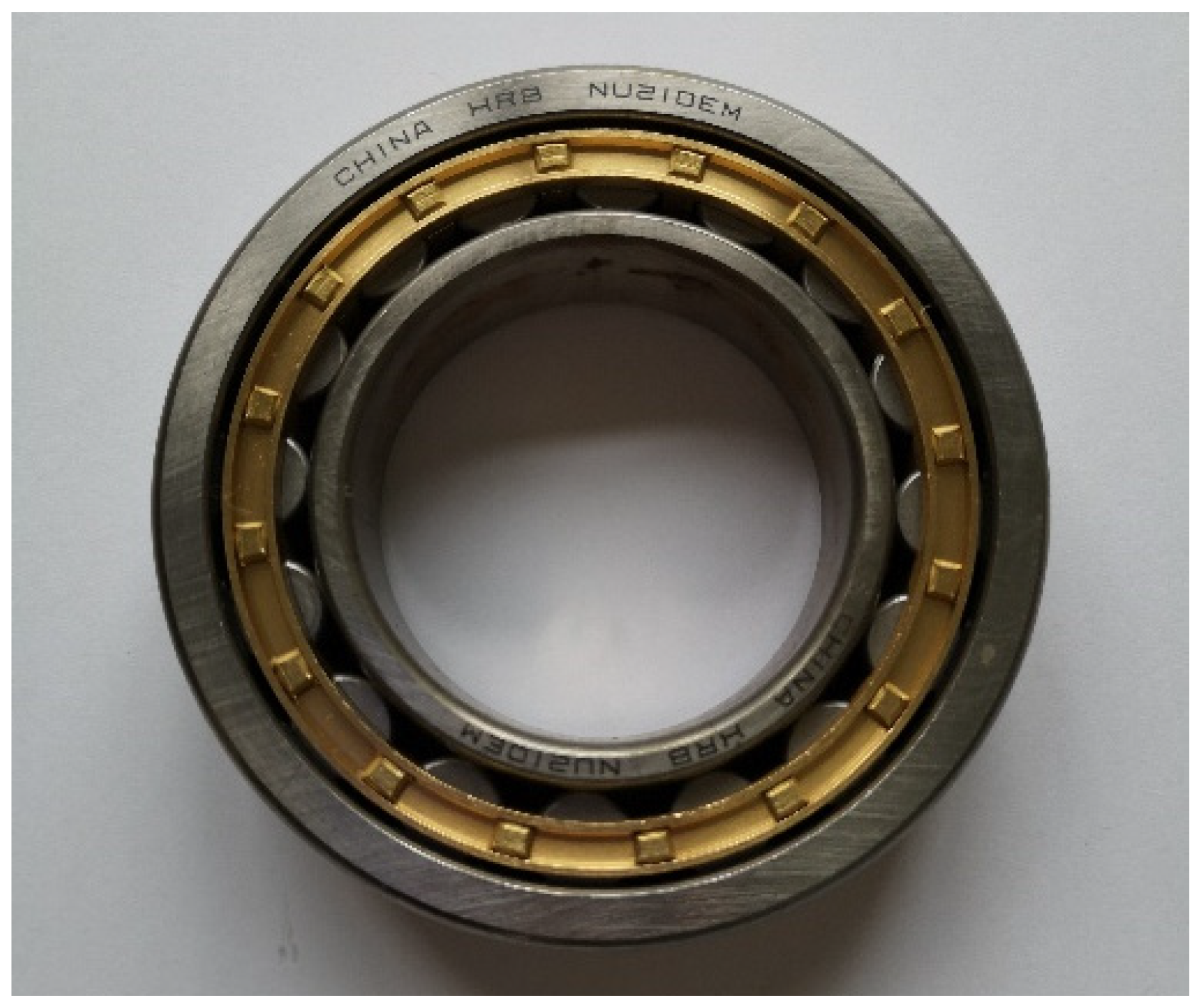
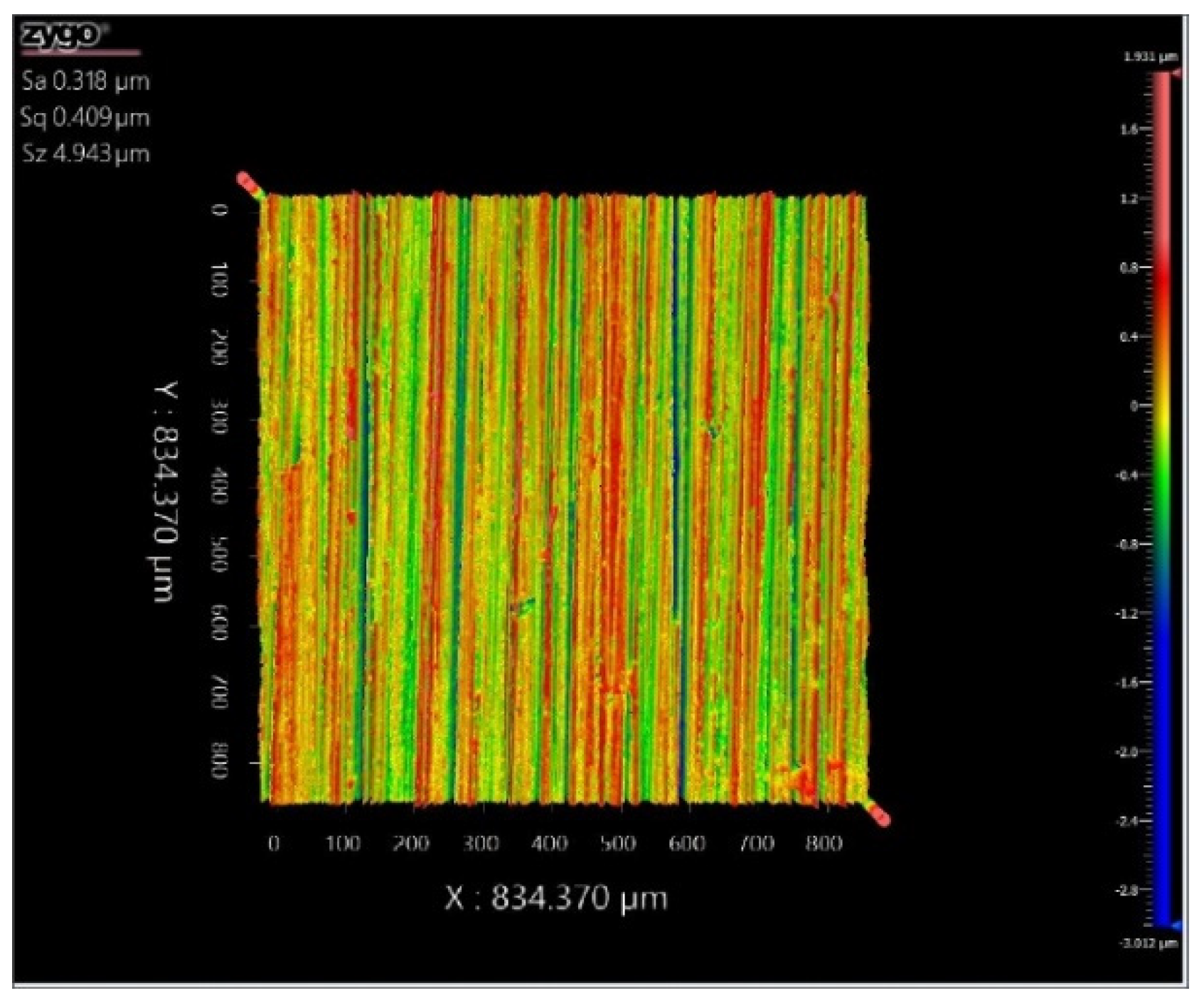
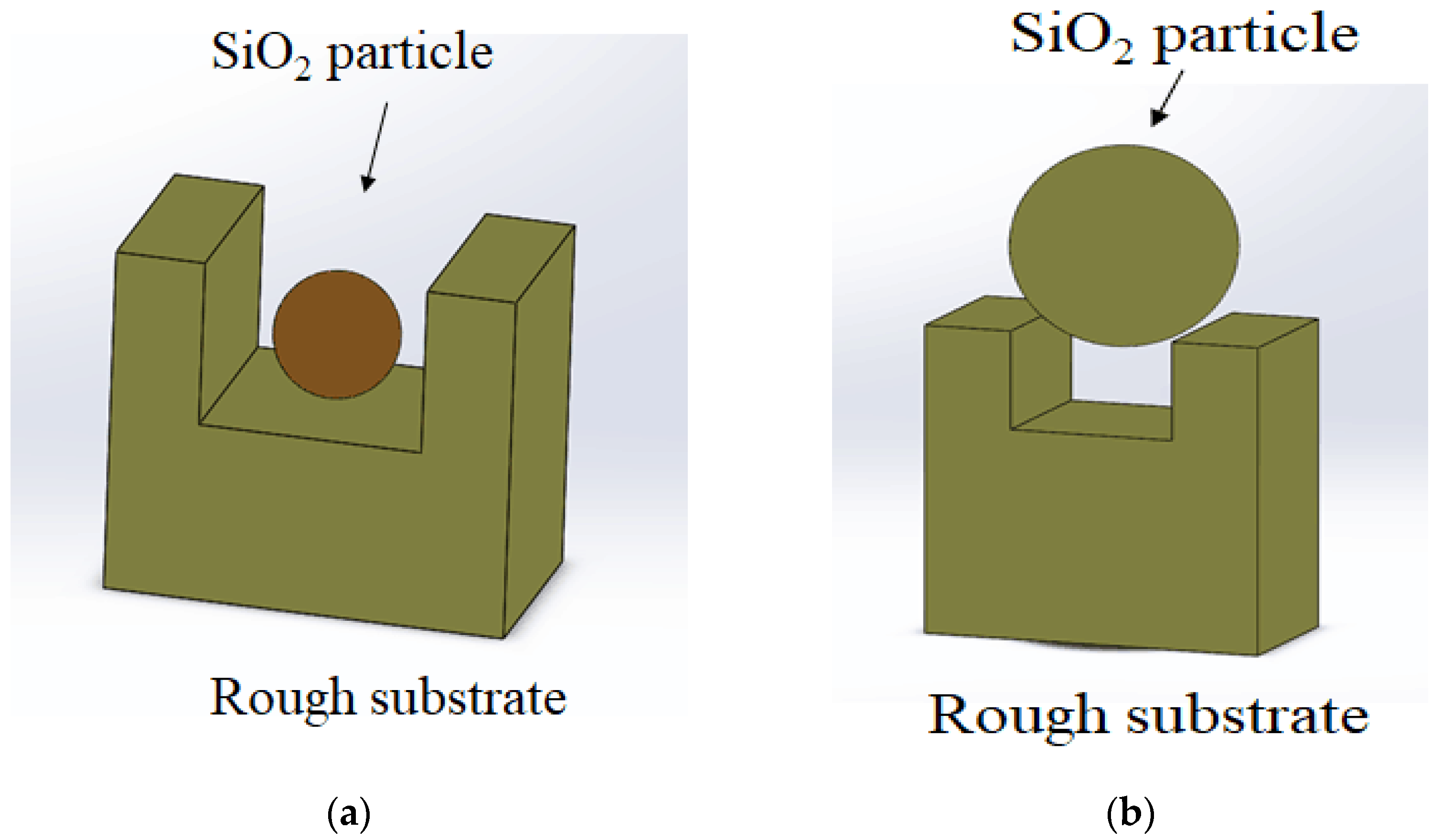
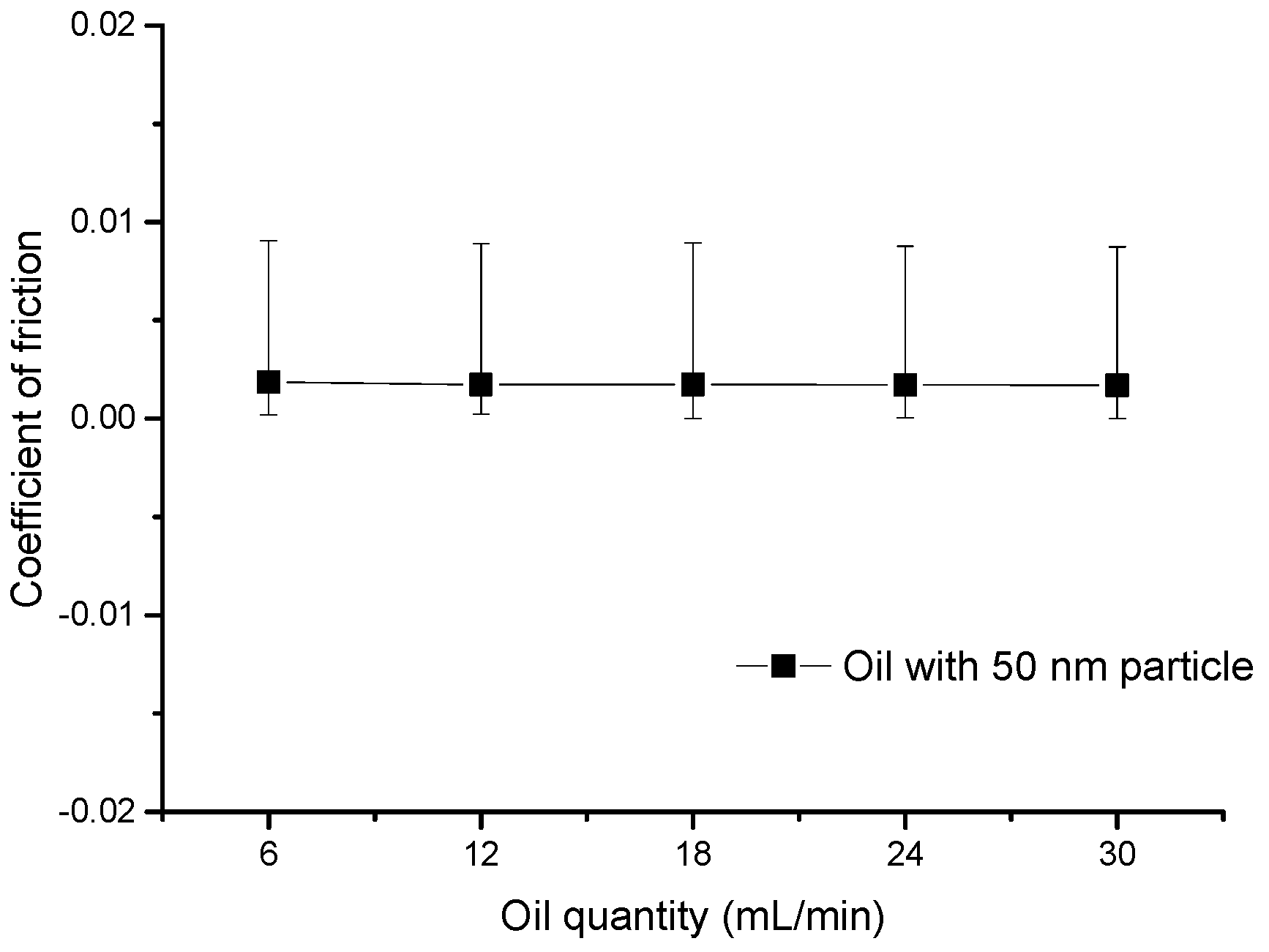

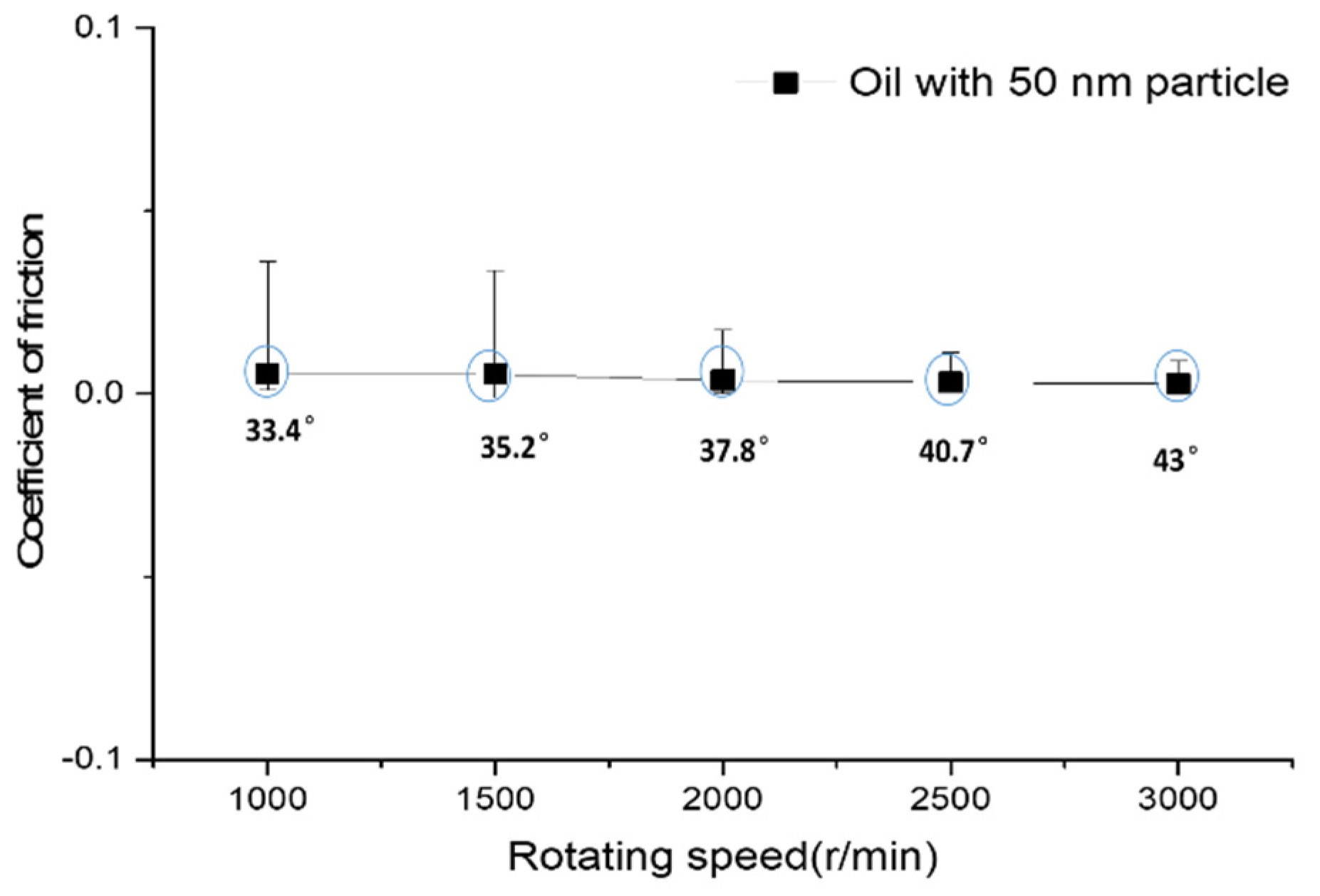
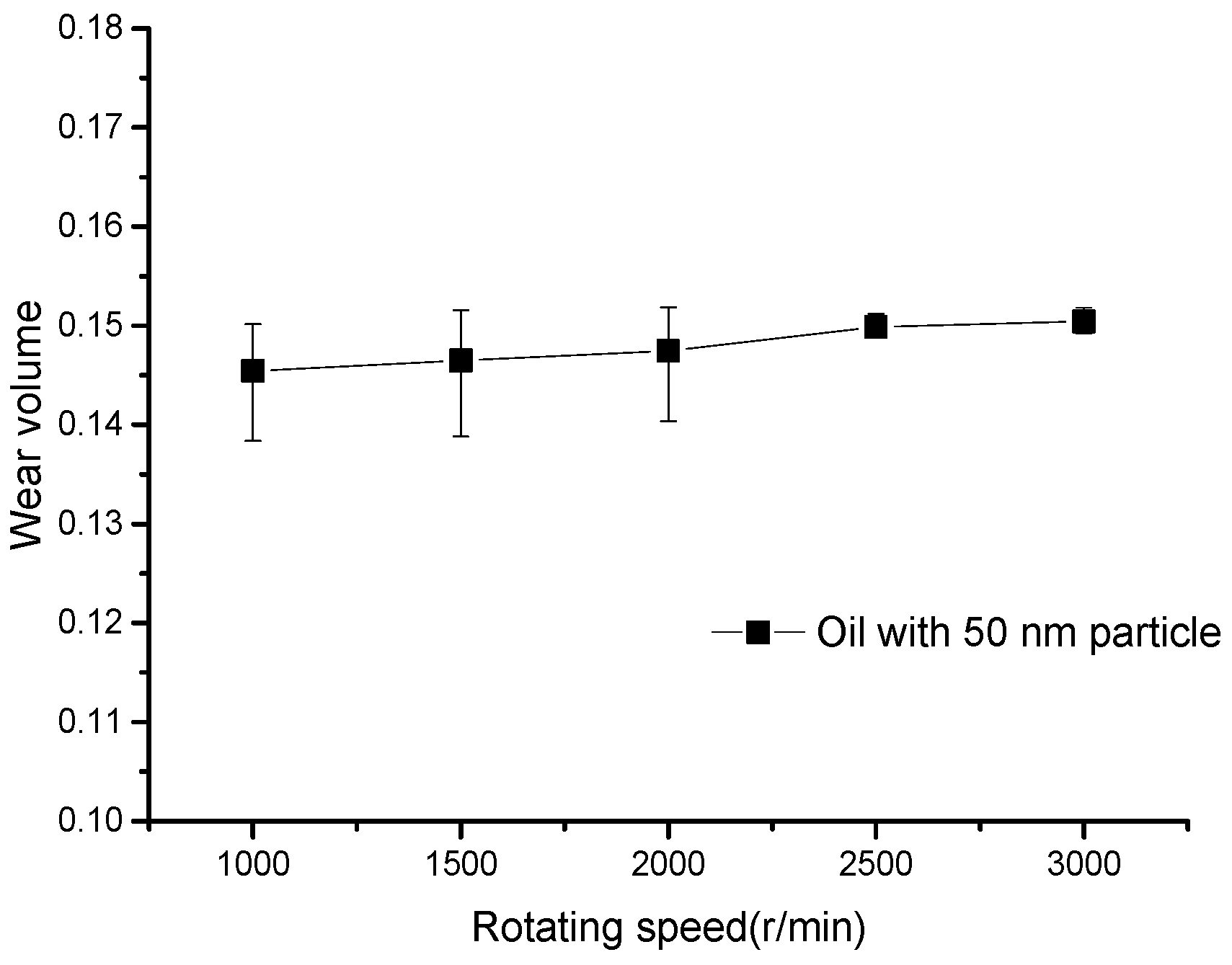
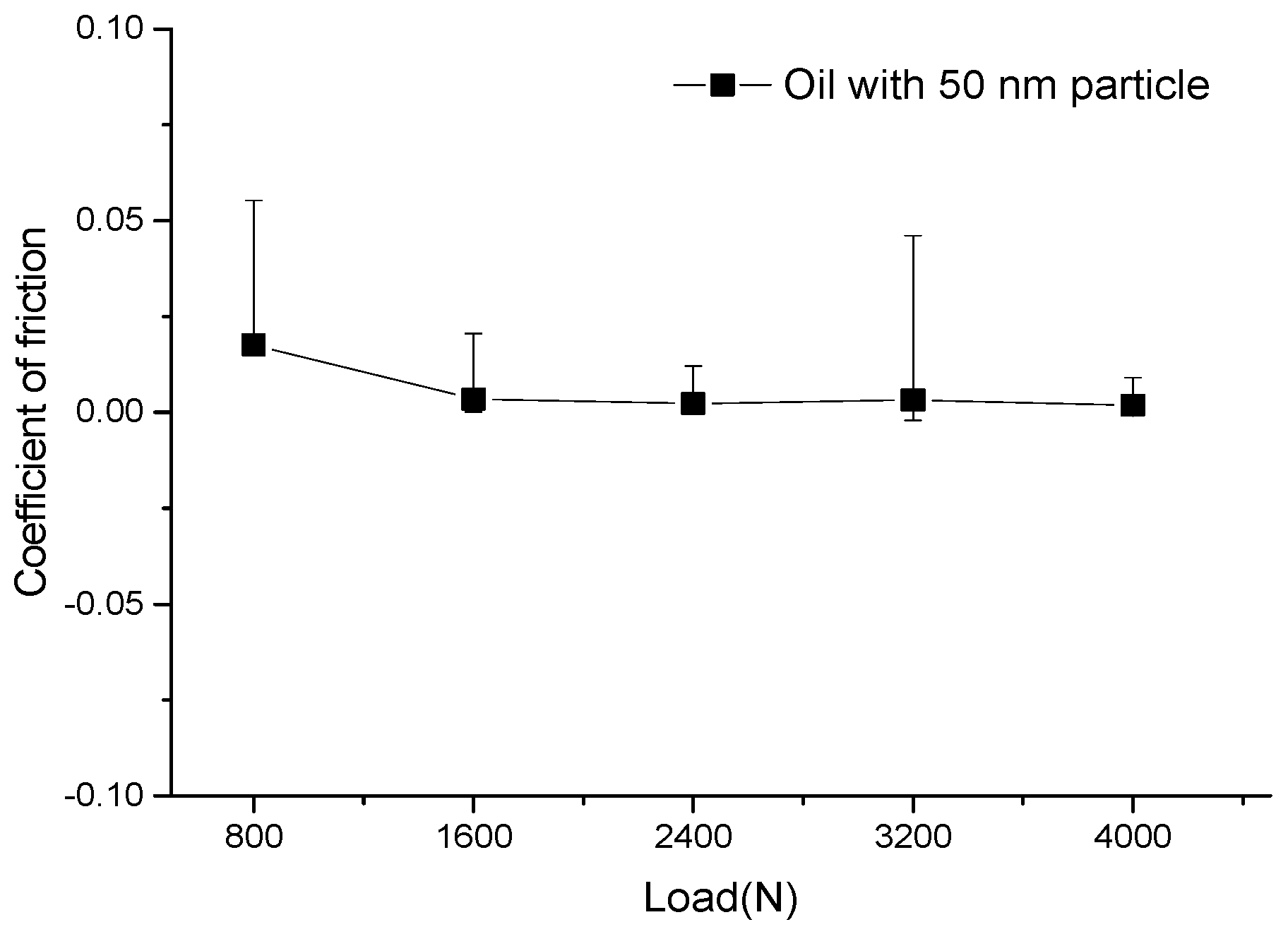
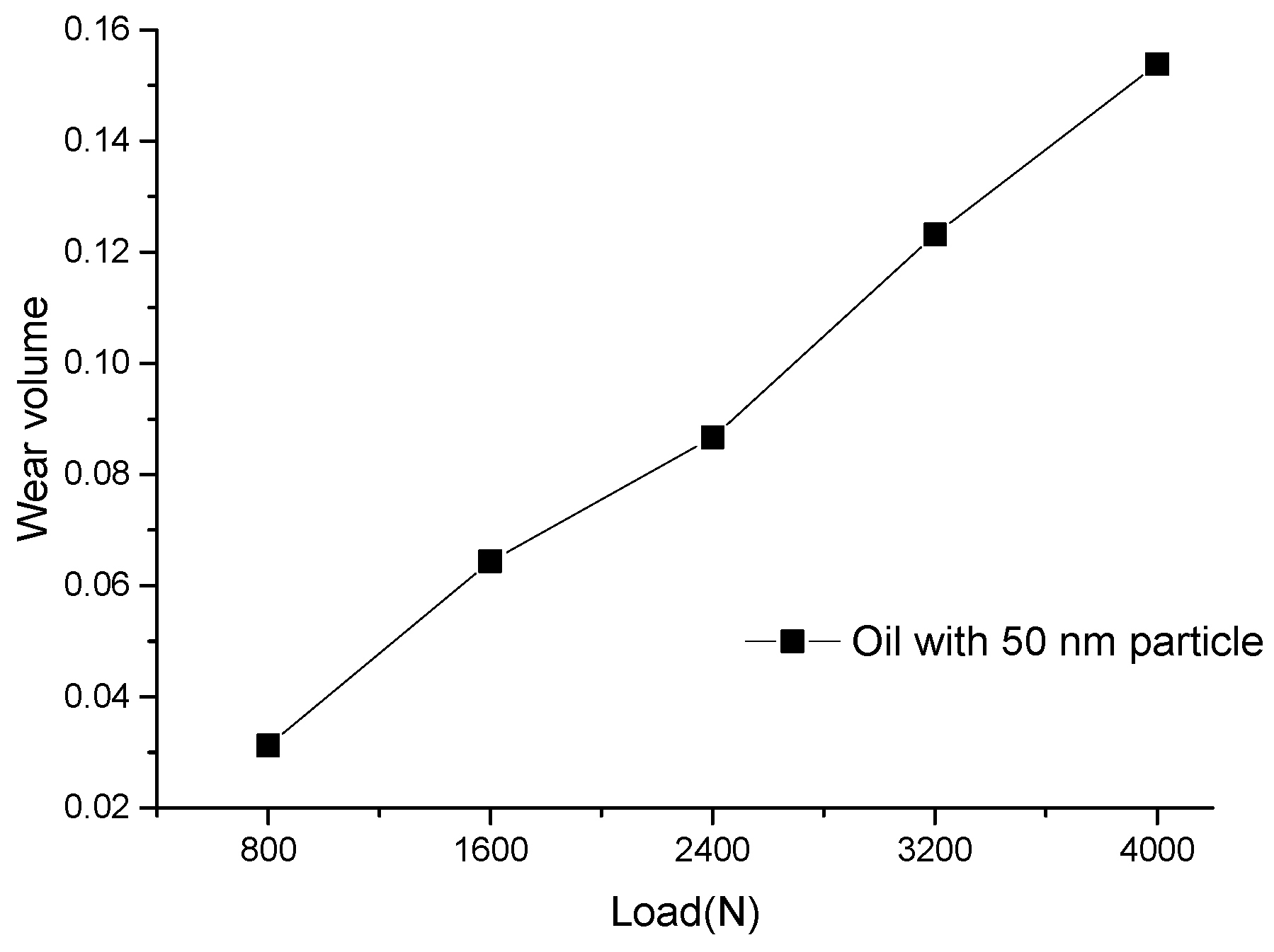
| Test No. | Radial Load (N) | Rotating Speed (r/min) | Oil Quantity (mL/min) |
|---|---|---|---|
| 1 | 800 | 3000 | 6 |
| 2 | 1600 | 3000 | 6 |
| 3 | 2400 | 3000 | 6 |
| 4 | 3600 | 3000 | 6 |
| 5 | 4000 | 3000 | 6 |
| 6 | 4000 | 1000 | 6 |
| 7 | 4000 | 1500 | 6 |
| 8 | 4000 | 2000 | 6 |
| 9 | 4000 | 2500 | 6 |
| 10 | 4000 | 3000 | 12 |
| 11 | 4000 | 3000 | 18 |
| 12 | 4000 | 3000 | 24 |
| 13 | 4000 | 3000 | 30 |
Publisher’s Note: MDPI stays neutral with regard to jurisdictional claims in published maps and institutional affiliations. |
© 2022 by the authors. Licensee MDPI, Basel, Switzerland. This article is an open access article distributed under the terms and conditions of the Creative Commons Attribution (CC BY) license (https://creativecommons.org/licenses/by/4.0/).
Share and Cite
Tang, X.; Li, J. Tribological Characteristics of Nano-Lubricated High-Speed Rolling Bearings Considering Interaction between Nanoparticles and Rough Surface. Lubricants 2022, 10, 117. https://doi.org/10.3390/lubricants10060117
Tang X, Li J. Tribological Characteristics of Nano-Lubricated High-Speed Rolling Bearings Considering Interaction between Nanoparticles and Rough Surface. Lubricants. 2022; 10(6):117. https://doi.org/10.3390/lubricants10060117
Chicago/Turabian StyleTang, Xiaojie, and Junning Li. 2022. "Tribological Characteristics of Nano-Lubricated High-Speed Rolling Bearings Considering Interaction between Nanoparticles and Rough Surface" Lubricants 10, no. 6: 117. https://doi.org/10.3390/lubricants10060117
APA StyleTang, X., & Li, J. (2022). Tribological Characteristics of Nano-Lubricated High-Speed Rolling Bearings Considering Interaction between Nanoparticles and Rough Surface. Lubricants, 10(6), 117. https://doi.org/10.3390/lubricants10060117





